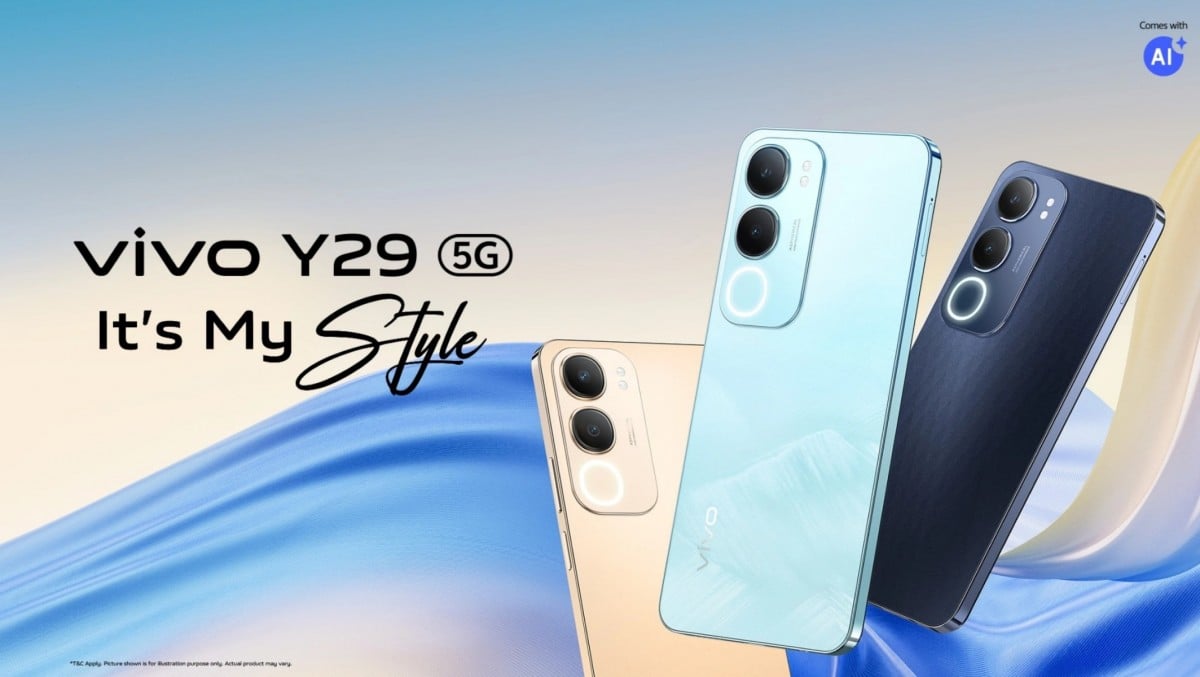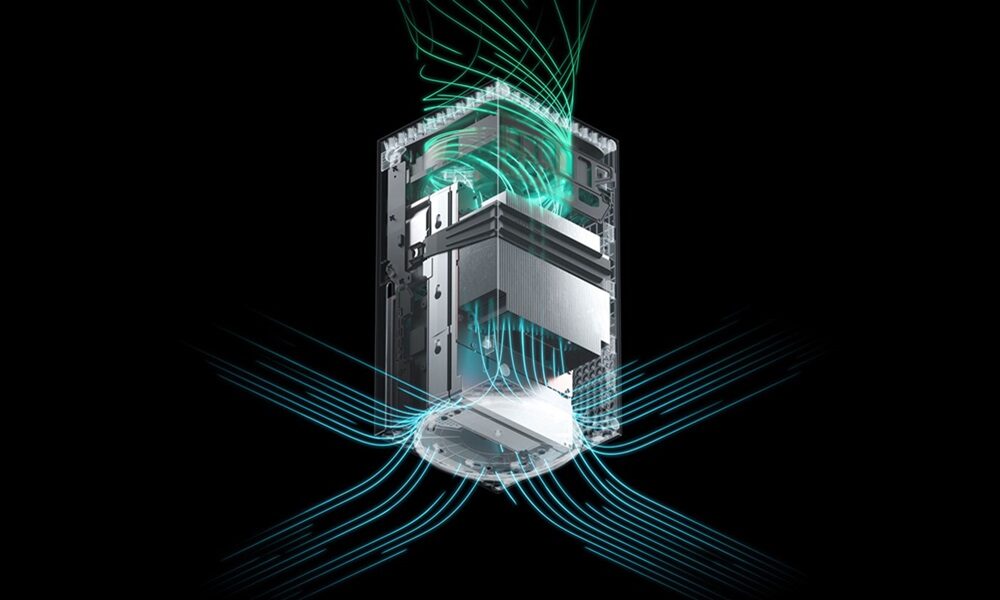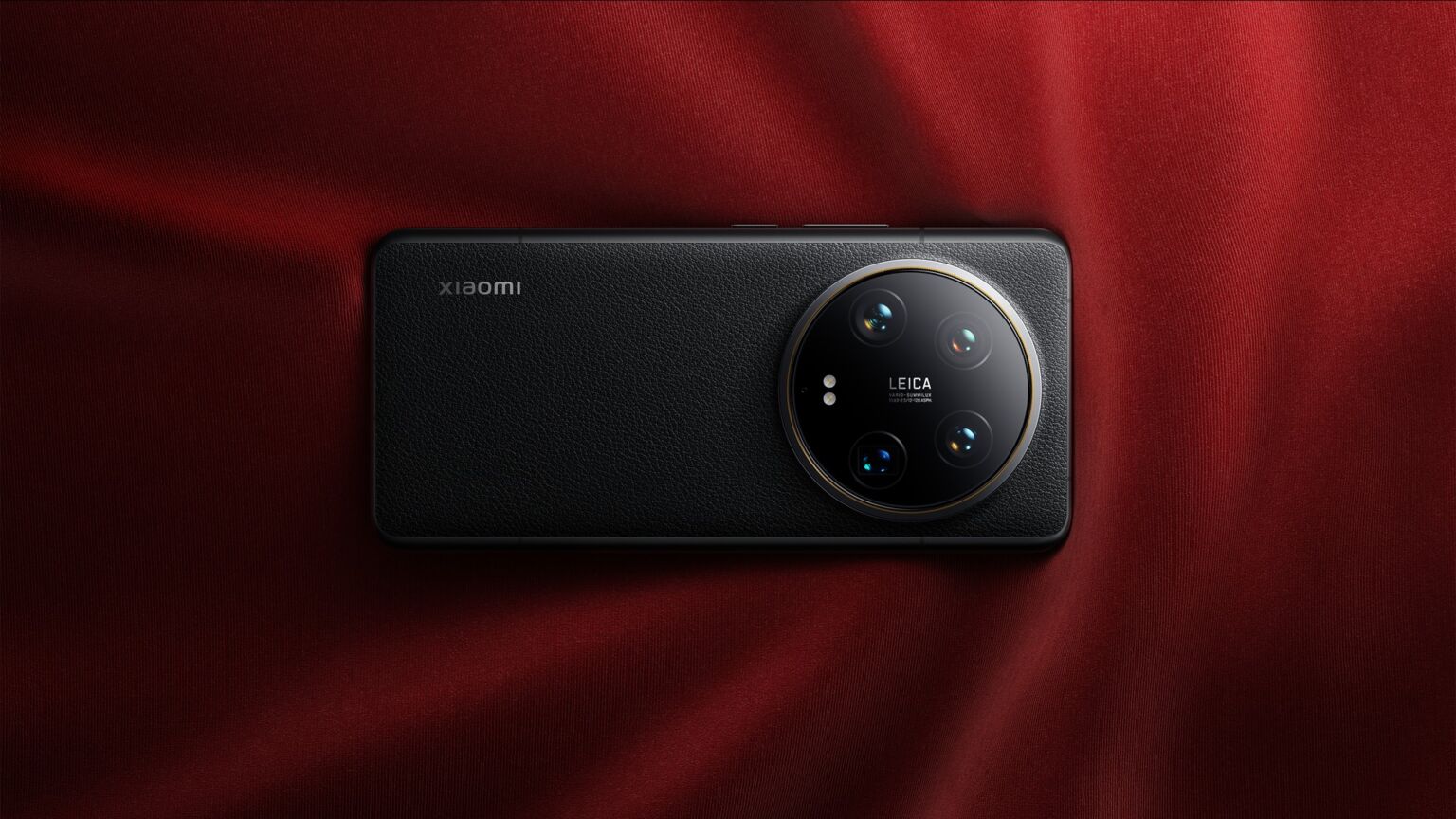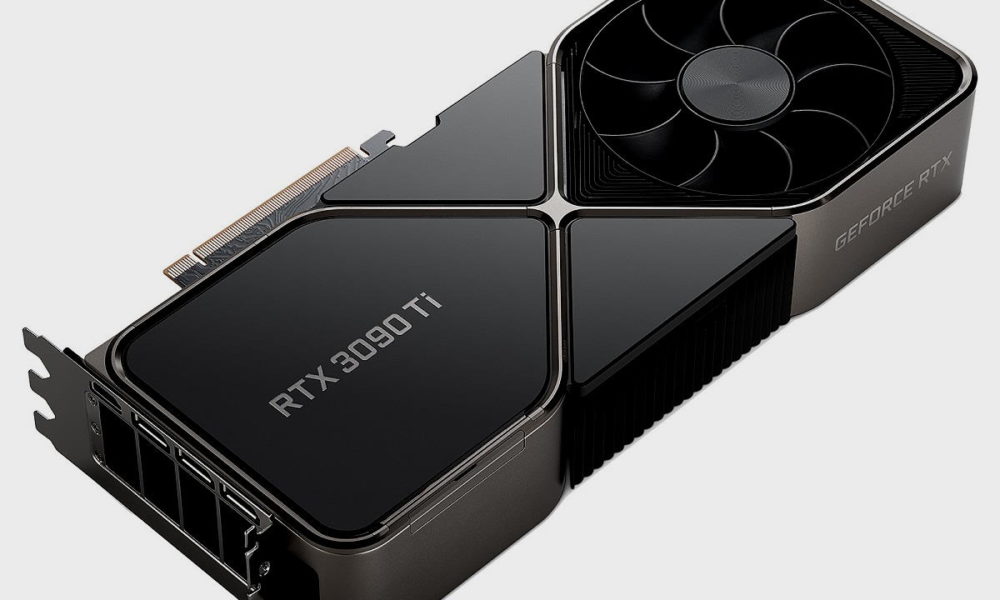Xbox Next Gen will mean a huge leap over the current generation. This is what Phil Spencer, head of the Xbox division at Microsoft, said during his last public appearance on the podcast dedicated to Xbox, a very interesting event that also left us with some important details about the company’s strategy for exclusive games for the said console. .
These words of Phil Spencer about the Xbox Next Gen raised a lot of expectations and supported the rumors that Microsoft I could bet on Intel and NVIDIA to the development of the next generation console. Interesting, no doubt, and it makes sense as it would take a big change at the hardware level to achieve this big technical leap.
Nothing is confirmed at the moment, so nothing can be taken for granted, but the possibility seems interesting enough to me that I wanted to share with you an in-depth analysis, where I will delve deeper into this issue. Above all, I think it is important to remind you This wouldn’t be the first time Microsoft has turned to Intel and NVIDIA to design the console since the first Xbox featured a Pentium III processor and an NVIDIA GeForce 3 GPU, both of their own design.

Image courtesy of Copetti.org.
Would a next-gen Xbox with an Intel processor and NVIDIA GPU be viable?
Definitely, It would be perfectly viable, though it’s clear that to shape this configuration, Microsoft would have to separate the CPU and GPU again. Each of these components would be integrated into an independent chip, mounted on a printed circuit board and with its own contact base that would collect the heat and dissipate it to a radiator shared with the other elements that generate heat (memory and SSD storage).
Many consoles use this type of design with excellent results. The Xbox is a good example, but we can also mention others like the Dreamcast, PS2, PS3 and Xbox 360. These were the last to use a separate CPU and GPU design, as with the arrival of the PS4 and Xbox One, the APU was adopted as a unified solution, a strategy that still holds today It has its advantages, but also disadvantages.
The most important advantage of using APU is cost reduction. On the one hand, we have the CPU and GPU, the two most expensive components of a console, integrated into a single silicon chip and under contract with a single company, which can mean significant savings. On the other hand, we also have the savings this represents in terms of design and integration into the PCB and into the unified memory subsystem.
By adopting a separate CPU and GPU configuration, Microsoft could develop more efficient and better balanced design both at the level of consumption and performance. Heat generated by both components they will no longer be concentrated in a single packageand the Redmond giant could gain access to new architectures and new technologies that are very promising in the console, although we will cover this topic in the next section.
The Next Gen Xbox would have a much more advanced CPU and NVIDIA DLSS support

Intel has done a very good job with Meteor Lake, that’s something that doesn’t allow for any debate. These processors have excellent IPC performance, very low power consumption and come with an NPU that allows access to advanced AI features with high efficiency. Imagine what a CPU with these features could do on Xbox Next Gen.
Consumption and heat would not be a problem at all and the button shows. The Intel Core Ultra 7-155H has 6 high-performance cores, 8 high-efficiency cores, 2 low-power cores and 22 threads and can be configured with minimum TDP 20 to 28 watts. In this case, the only issue would be the price of the processor, but this is where it would be crucial for Microsoft to negotiate with Intel for development customized version with cuts to reduce costs.
Keep in mind that I’m talking about Intel Meteor Lake because that’s the reference we currently have, but in reality, if Microsoft decides to use an Intel processor in its Xbox Next Gen, it won’t fall into the current generation, but rather due to its possible release date. startup should be established in the Lunar Lake design or better yet in the Panther Lake. These future generations of Intel processors will use more advanced architectures that will have higher IPC and higher efficiency.
As for GPUs, we already have graphics cores in the current generation that NVIDIA would easily port to a desktop console. In the mid-range, the AD107 used in the GeForce RTX 4060 is an excellent example because it has 115W TGP, and could hit the ceiling AD104 used in GeForce RTX 4070which has a 200W TGP. This is exactly the maximum TDP that the Xbox Series X GPU has.

One of those two GPUs it clearly outperforms the GPU used by the Xbox Seriesthey offer much higher performance in ray tracing and have much more advanced technologies that make a huge difference, such as DLSS 2 Super Resolution and DLSS 3 Frame Gen. However, none of them would be used on the Next Gen Xbox, as we are talking about a console that should arrive between 2026 and 2027 at the earliest.
To those dates, NVIDIA will now have GeForce RTX 60 on the market, successors to the next generation arriving this year, labeled GeForce RTX 50 and based on the Blackwell architecture. What I mean by this is that this hypothetical Xbox Next Gen based on an Intel processor and an NVIDIA GPU should at worst be configured with a graphics core from the GeForce RTX 50 series, or in the best case with one from the GeForce RTX 60 series.
In two generations, the green giant is expected to make an appearance new technologies integrated into your NVIDIA DLSS ecosystem which use AI to improve performance in games, and we will also see the arrival new RT cores accelerate ray tracing with more power and new features, as happened with each new release of previous generations.
We must also emphasize a very important point, and that is NVIDIA has not outsourced the cache on its GPUs, and therefore an Xbox Next Gen with an NVIDIA GPU would have a large amount of L2 cache, allowing it to offer more consistent performance at higher resolutions without having to use a larger memory bus. AMD GPUs used in current consoles have very little L2 cache and no L3 cache.
How powerful could the Xbox Next Gen GPU be if you use an NVIDIA solution?

This is a very interesting question and before I answer it I want to give you some context. The NVIDIA GPU that the Xbox used was an example worth following, as it offered such enormous performance that it compared to computers of the time, which were much more expensive, and was able to run such demanding games as DOOM III, Far Cry Instincts and Half-Life 2.
The GPU that the PS3 used was basically custom GeForce 7900 GT which retained 24 pixel shaders, 8 vertex shaders and 24 texturing units, but reduced the number of raster units from 8 to 16 and the memory bus from 256 bits to 128 bits. Despite everything, he was able to give life wonders like Killzone 3, which had impressive graphics, and The Last of Us.
In the case of Xbox its GPU was still top notch when the console hit the market (late 2001), and in the case of the PS3, its GPU can also be considered medium high range, because he was unlucky to debut just now simultaneously with NVIDIA’s GeForce 8000 serieswhich already used a uniform shader architecture that did not distinguish units for pixels and vertices.
If the Xbox Next Gen hits the market in 2026 and uses NVIDIA GPUs It will be based on the architecture of the GeForce RTX 50 seriesalthough it may consist of some type of customization that brings it closer to NVIDIA’s next generation, as already happened at that time with the GeForce 3 that was fitted to the original Xbox.
When it comes to power due to cost and consumption At best, we would be talking about a mid-range or mid-range solution, that is, a GPU based on it GeForce RTX 5060 or GeForce RTX 5060 Ti. We continue the development that NVIDIA graphics cards have had in the last three generations, which means that: at the best caseNVIDIA GPU this Xbox Next Gen could have raw power similar to the GeForce RTX 4070 SUPER.
The performance increase would be enormous compared to the current generation, both in rasterization and ray tracing, plus the new console would offer full support for NVIDIA DLSS technologies Super resolution, DLSS image generation and DLSS ray reconstruction. The experience this console would offer would be very similar to what we would have with a fairly powerful gaming PC, and ray tracing would be really viable with this setup.
The rest of the components and possibly the price of the Xbox Next Gen

If we start from the configuration unified memorywhich is frankly the most likely since Microsoft has never abandoned this mode on its consoles, the Xbox Next Gen should join between 24 GB and 32 GB of memory. The type memory will be listed on the launch date GDDR7and will be accompanied by high-performance storage that is likely to approach 10GB/s in sequential reads and writes.
With the experience Microsoft has in both the PC and console worlds, it wouldn’t be difficult to design an efficient cooling system capable of keeping the CPU, GPU and other components under control. It should also be noted that the graphics cores that the Redmond giant could use would be mid-range or mid-range, and that The consumption of this type of cores is usually quite low.
We can also expect the inclusion of a new high-quality sound chip compatible with Dolby Atmos and an operating system based on Windows, but highly customized to minimize its weight and resource consumption. To give you an idea, I remind you that the version used by the Xbox Series consumes a total of 2 GB of memoryincluding basic applications.
Price is without a doubt one of the big doubts in my mind about an Xbox Next Gen like the one I just described. It would be extremely powerful, and I believe it would have a round design in every way, as there would be no need to expose dangerous levels of power consumption and heat. Consider that an Intel processor like the one described could be integrated with a managed TDP of 28 watts and a GPU with a TGP of 160 watts, which We would be left with a total of 188 wattsless than the 200 watts of the Xbox series
Ultimately, it will all depend on the deals Microsoft is able to make with Intel and NVIDIA, and how willing the two companies are to reintroduce their hardware in a high-performance console. If the Redmond giant plays its cards right and is willing to assume small losses per unit sold, which it can then offset by selling software and services, the Next Gen Xbox could be positioned in the range of 600 euros, at the best case.
The price may seem high to you, but would offer excellent value compared to what a PC at its level will cost within its generation, as happened at the time with the Xbox, which had an excellent price, if we compare it with a similar PC from that time. As always, he will be on the lookout for future leaks to tell you everything that is known about this long-awaited Xbox Next Gen.


















